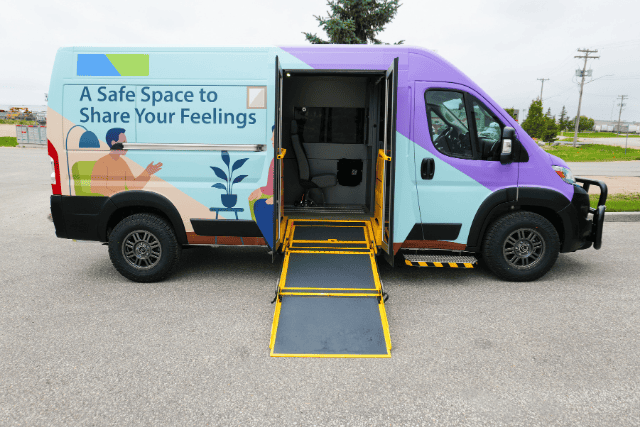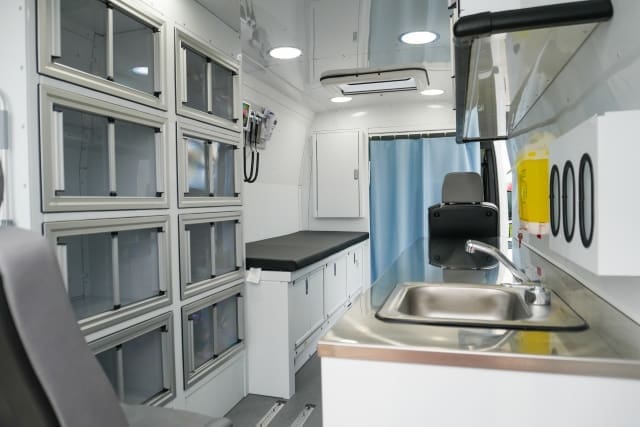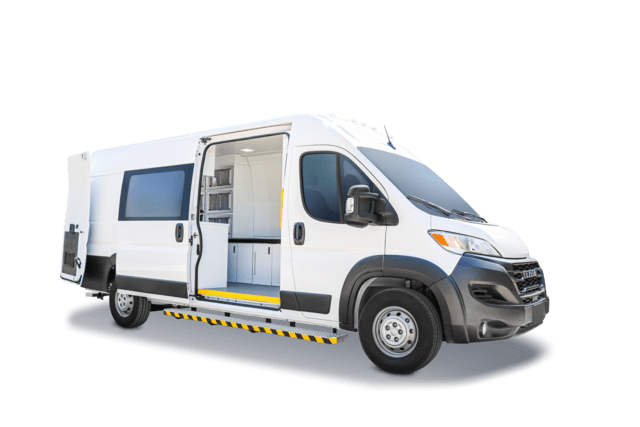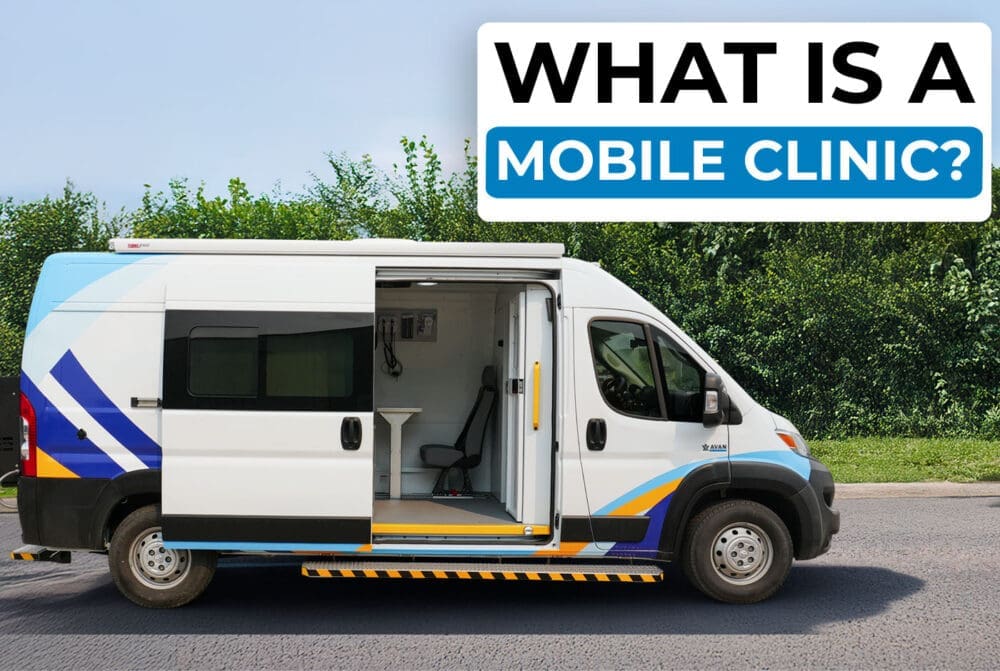Over 150 million people in the U.S. live in areas with too few mental health providers. That’s more than half the country. And if you’re part of a rural health program or nonprofit, you’ve felt this gap firsthand. Patients need help, but can’t get to it. Distance, lack of transit, and provider shortages are problems that stack up fast.
It’s frustrating. You’re likely doing everything you can, but the system feels like it’s working against you. Maybe you’ve tried telehealth, but it’s not the right fit for everyone. In-person care still matters. And when people go without it, things can spiral fast.
That’s where mobile therapy clinics come in. These clinics go where traditional care can’t. They bring real therapy to people who’ve been left behind. And they help you do your job in a way that’s flexible, practical, and personal.
At AVAN Mobility, we’ve spent over 10 years building vehicles that reduce barriers to care. We’re trusted by healthcare networks, nonprofits, and government organizations across the U.S. to deliver mobile healthcare solutions that work in real communities, not just on paper. And while we know we’re not the only option, we’re here to help you make the best choice.
In this article, you’ll learn how mobile therapy clinics can:
- Reach rural and remote patients
- Reduce stigma
- Create safe, welcoming spaces
What is mobile therapy?
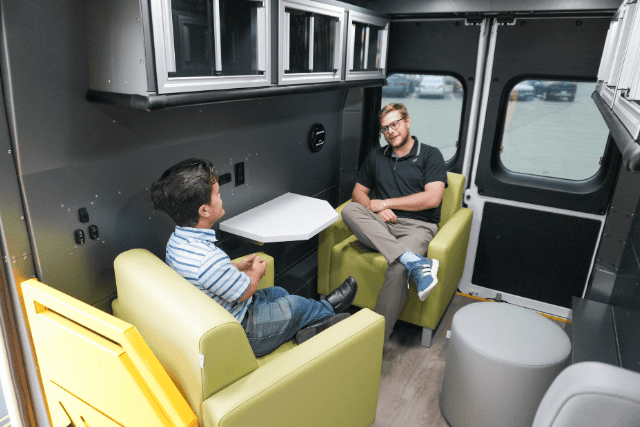
Mobile therapy means bringing mental health care directly to the people who need it, instead of making them come to a clinic or office. It’s real therapy, done in person, but inside a specially designed vehicle like a mobile therapy van or mobile therapy unit.
These vehicles are made to feel private, safe, and welcoming. Inside, there’s space for a therapist and a client to sit and talk, just like they would in an office. It’s like a mobile therapy center on wheels.
This kind of mental healthcare solves big problems that normal clinics can’t fix.
For example:
- People in small towns or rural areas may live hours away from the nearest mental health provider.
- Some people can’t drive or don’t have a car, and public transit might not even exist in their area.
- Others feel uncomfortable walking into a therapy office where everyone in town can see them.
A mobile therapy service goes where these people are. It parks at community centers, schools, churches, or even people’s homes. The care comes to them, instead of the other way around.
And the best part? The services inside are of the same quality you’d get in a regular clinic. Mobile therapy specialists are trained, licensed professionals who know how to work in these flexible, changing environments. They meet people where they are, both physically and emotionally.
In short, a mobile therapy clinic helps break down the walls that stop people from getting help. It’s therapy without the barriers.
Why does mobile therapy work so well in remote areas of the U.S.?
Living in a remote or rural area can feel pretty isolating. People might drive 100 miles just to get groceries. Seeing a doctor or therapist? That could mean hours on the road, time off work, and gas money you don’t have.
This is why mobile therapy services make so much sense in these places.
Here’s what makes mobile therapy so powerful for rural communities:
- It saves time and travel: Imagine a small town in Montana without a full-time mental health provider. The closest clinic is two hours away. Most people won’t make that trip unless it’s a real emergency. But a mobile therapy van pulls into town once a week and sets up outside the community center. Now, folks can pop in for a session after dropping their kids at school or before heading to the farm. There’s no big trip or transportation hassle involved.
- It brings care to underserved populations: Think about a reservation in New Mexico where transportation is limited and mental health care has been out of reach for years. A mobile therapy unit arrives regularly, staffed with familiar faces, mobile therapy specialists who understand the community, the culture, and the struggles people face. Suddenly, care feels possible. It feels normal.
- It reaches places others can’t: Even in Appalachia, where winding roads and mountain passes make travel tough, a mobile therapy unit can bring its services to people who have spent years without real support.
But here’s the biggest reason it works: Trust.
When therapy shows up in a town in a safe, private, welcoming space, it feels like it belongs to your clients.
That’s why mobile therapy matters so much in these forgotten corners of the country. It closes the gap. It meets people where they are, both in distance and in spirit.
How do mobile therapy clinics reduce mental health stigma?
Mental health stigma still runs deep, especially in small towns where everyone knows each other. For some, walking into a brick-and-mortar clinic feels like putting a target on their back.
Mobile therapy clinics help reduce that fear:
- They’re discreet: No one has to walk through a labeled doorway. It could just be a van parked outside the library.
- They normalize mental healthcare: When therapy is part of a regular community event or school schedule, it feels routine, not taboo.
- They build trust: Seeing the same therapist return every week builds familiarity and relationships, two key pieces of breaking stigma.
Stigma won’t vanish overnight. But showing up consistently, in safe and flexible spaces, makes a powerful dent.
What’s inside a mobile therapy clinic?
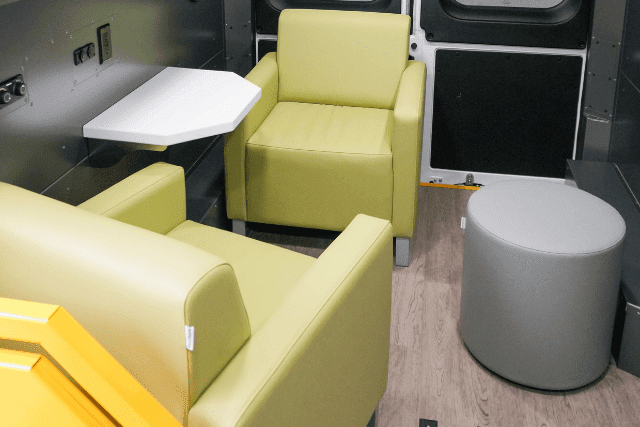
Step inside a mobile therapy clinic and you’ll see that it’s more than just a van with chairs. It’s a private, professional space built for real mental health work.
At its core, a mobile therapy unit includes:
- Sound-insulated walls for confidentiality and comfort
- Comfortable seating for the client and therapist
- Soft lighting to create a calm, welcoming atmosphere
- Heating and air conditioning to keep the space comfortable year-round
- Secure storage for supplies, paperwork, and equipment
- Optional Wi-Fi and power outlets for digital tools or note-taking
The layout is designed to feel like a real therapy room, not a sterile exam space. Clients can sit and talk in a space that feels safe, quiet, and disconnected from the stress of the outside world.
But what makes these clinics especially ideal for mobile therapy services is their flexibility, inside and out.
Need to park on gravel roads, forest trails, or uneven ground? No problem.
With the Trail Edition upgrade, you can take therapy beyond the pavement. This package includes:
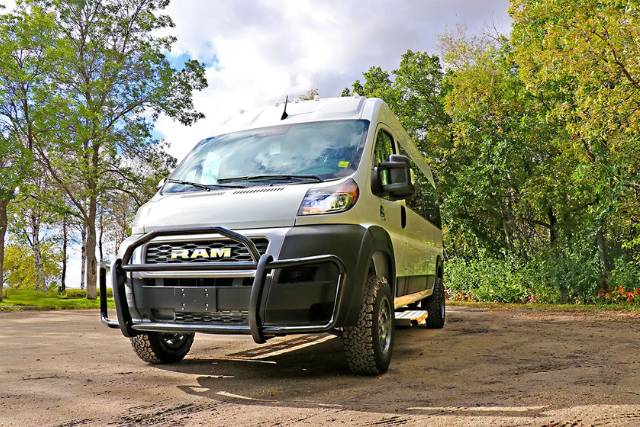
- Heavy-duty suspension lift kit with rollover protection
- Off-road wheel and tire package for tough terrain
- Steel underbody protection to handle rough roads
- Front grille guard for added safety and durability
With a mobile therapy clinic, you can bring therapy to places where standard vehicles can’t go, whether that’s a reservation deep in the woods, a small farm town, or a mountain community.
Who uses mobile therapy clinics?
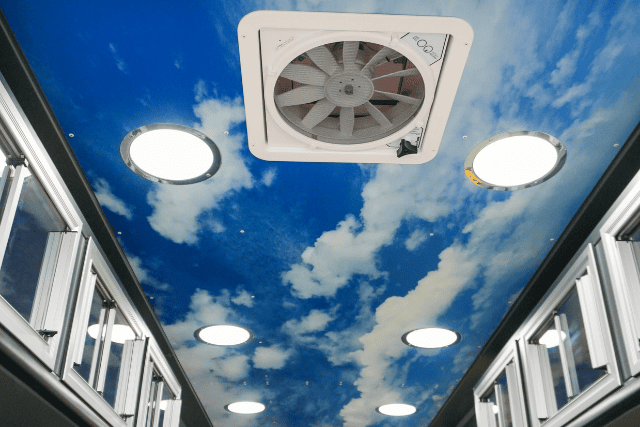
You don’t have to be a hospital or health system to run a mobile therapy unit. These clinics work for:
| Organization type | How they use mobile therapy |
| Nonprofits & outreach teams | Offer therapy in underserved areas |
| School districts | Bring care to students on campus |
| Public health departments | Fill care gaps across remote regions |
| Tribal health programs | Support culturally appropriate care |
| FQHCs | Add flexible outreach to existing care |
Is a mobile therapy clinic right for your organization?
A mobile therapy clinic isn’t the right fit for everyone, but it might be exactly what your organization needs to reach people who are missing from the program.
Ask yourself these questions:
- Are your clients skipping appointments because of travel, stigma, or lack of access?
If people can’t get to therapy, the therapy has to come to them. A mobile unit removes that barrier.
- Do you serve rural or remote communities?
Mobile therapy makes care possible for areas with few providers and limited transportation, even in the hardest-to-reach places.
- Is in-person therapy still a priority for your team or clients?
Telehealth works well for some, but not all. Many still need face-to-face connection, especially for trauma recovery, youth care, or community-based support.
- Do you need flexibility in how and where you deliver services?
A mobile clinic isn’t locked to one address. You can rotate locations, adapt to needs, and show up where you’re needed, such as schools, shelters, community centers, or homes.
- Are you looking to expand services without building a new facility?
A mobile unit can be a smart alternative to new construction. It gets you up and running faster, and often at a lower cost.
If you’re nodding along to these questions, you’re not alone. Dozens of nonprofits, tribal programs, school districts, and public health teams have already made the switch.
Still not sure? That’s okay. It’s a big decision. But when you’re ready to talk through options, we’re here to help you figure out if it’s the right move. No pressure, just clarity.
Learn more about mobile therapy clinics
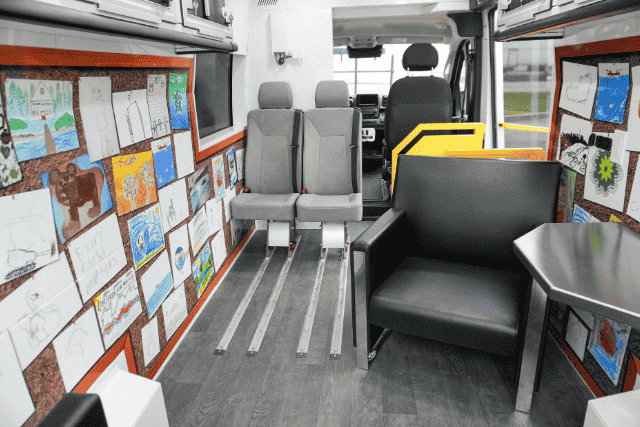
You likely landed on this article because some potential clients can’t reach your fixed clinic. Or, maybe you’re just looking for other ways to reach the people facing mental healthcare barriers, and mobile therapy is a solution that crossed your mind.
After reading, you’re now more familiar with what mobile therapy is and how it can be used to help those who would otherwise skip mental health assistance altogether.
At AVAN Mobility, we believe healthcare should be available to everyone, no matter where they’re located. We’ve spent years perfecting vans that truly work for organizations helping people who face barriers to accessible healthcare.
If you want to talk to someone who knows this industry inside and out, click the button below to chat with a mobility expert.
Not quite ready to talk? No worries. We have some great resources you can check out to learn more at your own pace.
Start by learning more about the top five benefits of mobile therapy in the U.S.
After that, check out our article on street outreach to learn how you can reach individuals without a home.
